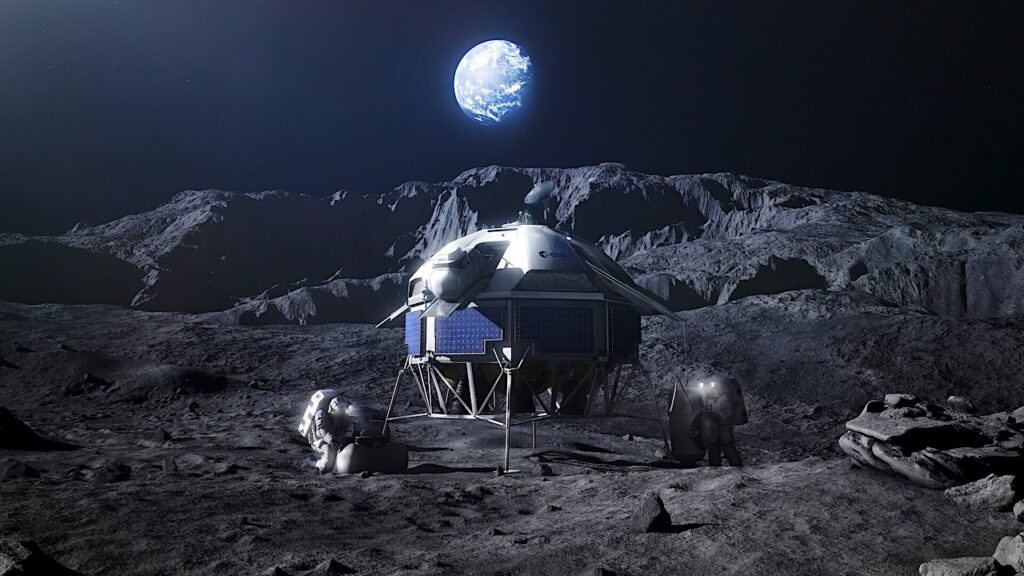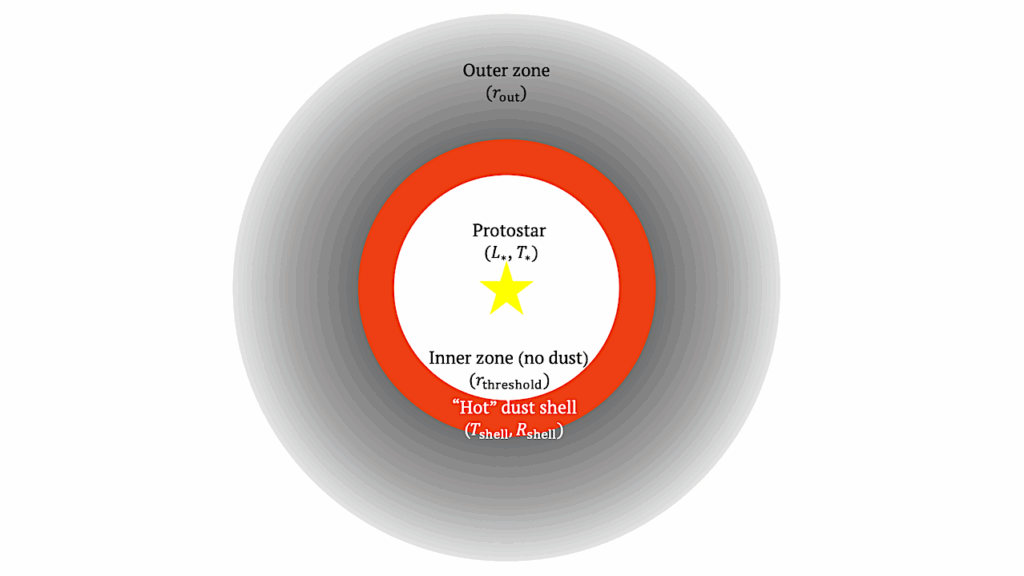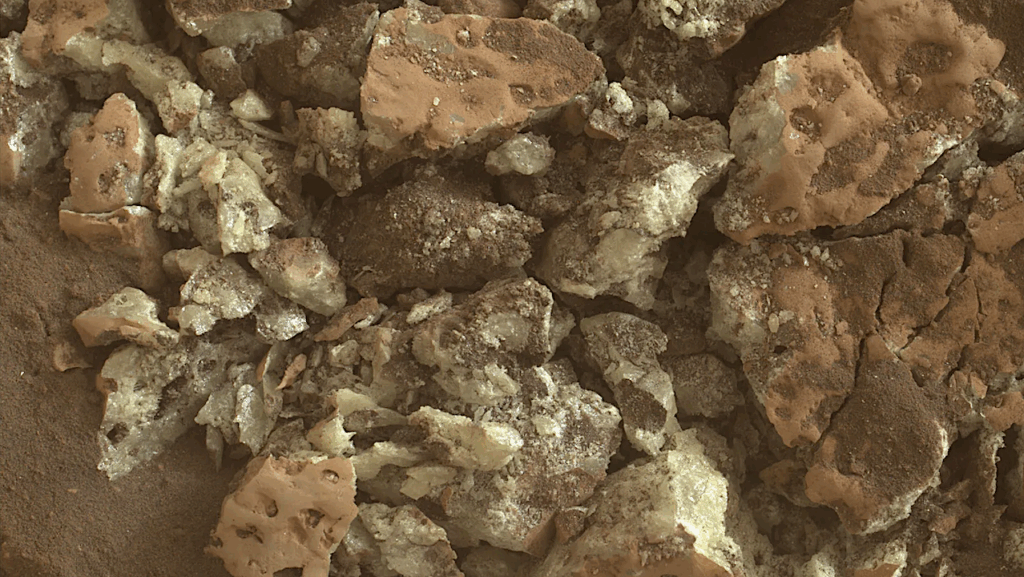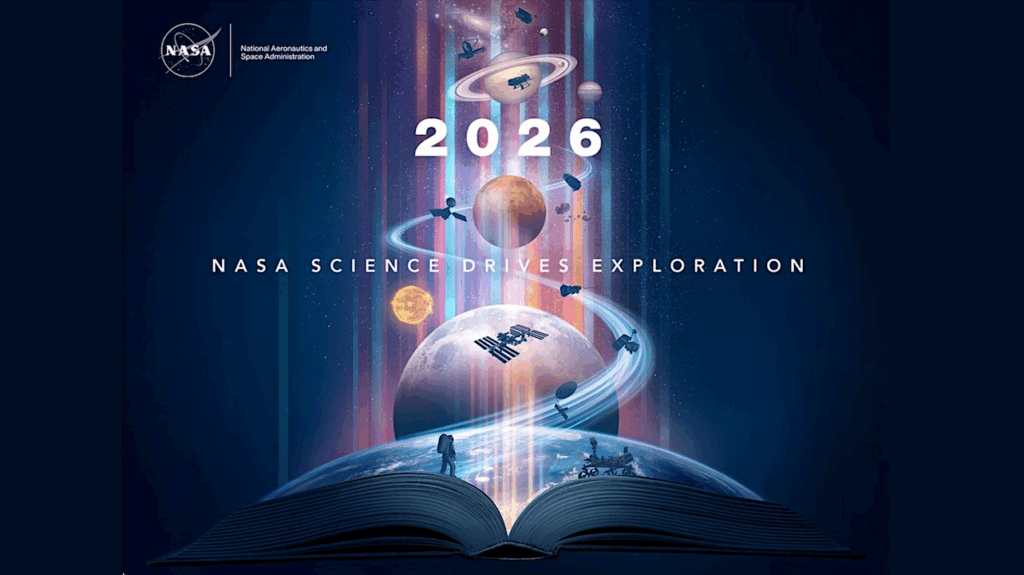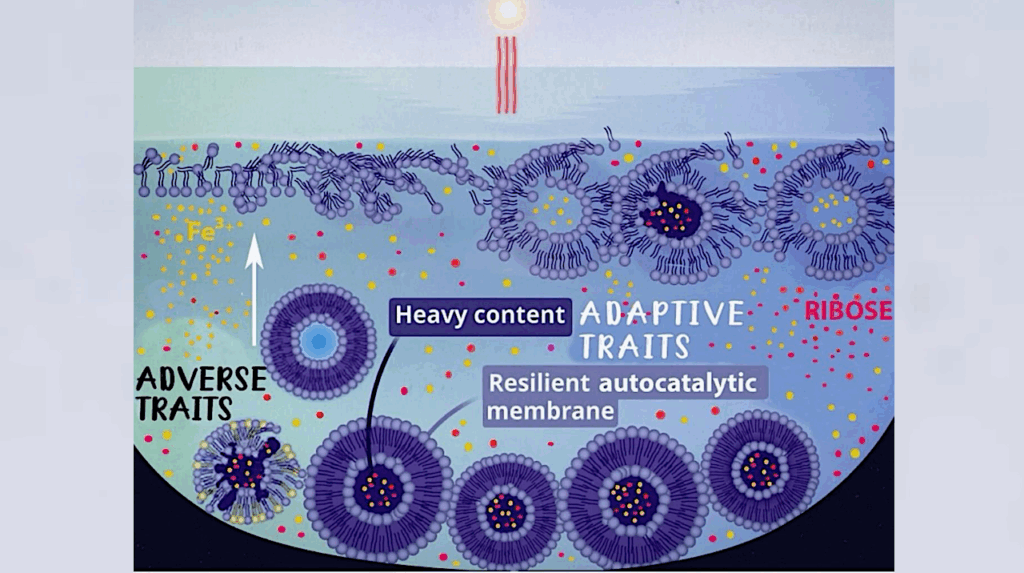Mind the Trap: Non-negligible Effect of Volatile Trapping in Ice on C/O Ratios in Protoplanetary Disks and Exoplanetary Atmospheres
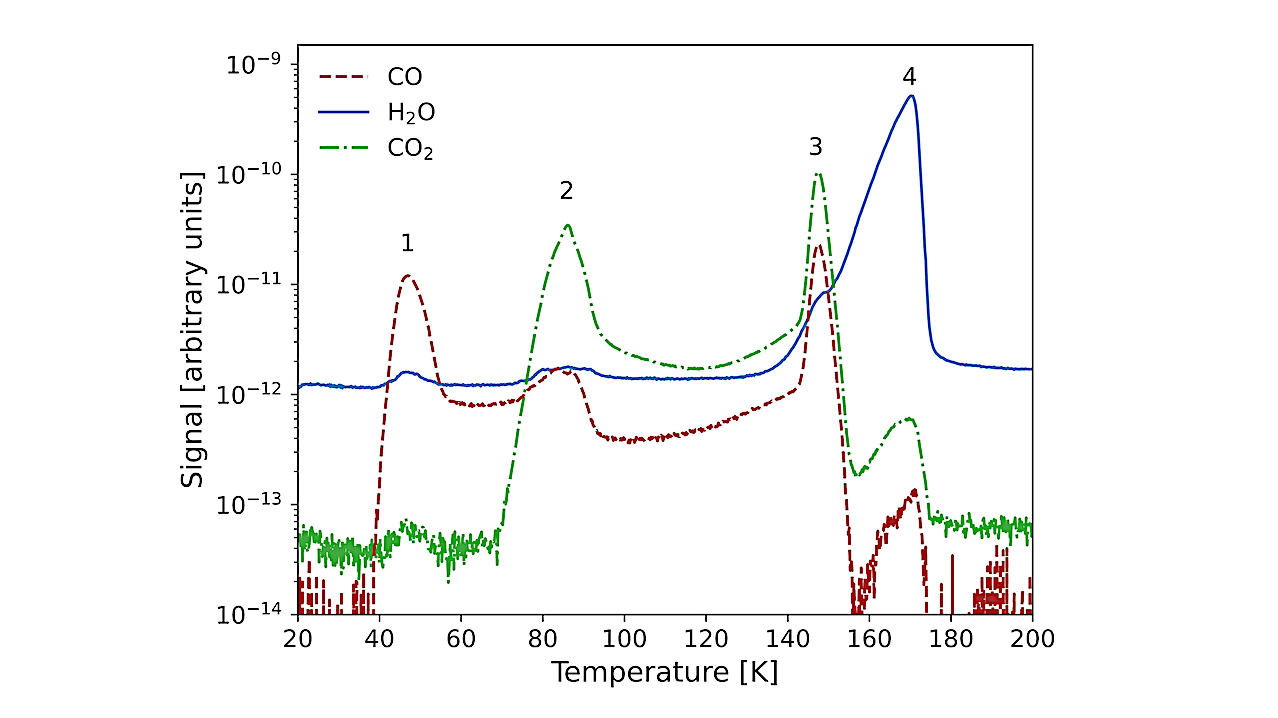
The ability of bulk ices (H2O, CO2) to trap volatiles has been well studied in any experimental sense, but largely ignored in protoplanetary disk and planet formation models as well as the interpretation of their observations.
We demonstrate the influence of volatile trapping on C/O ratios in planet-forming environments. We created a simple model of CO, CO2, and H2O snowlines in protoplanetary disks and calculated the C/O ratio at different radii and temperatures.
We included a trapping factor, which partially inhibits the release of volatiles (CO, CO2) at their snowline and releases them instead, together with the bulk ice species (H2O, CO2). Our aim has been to assess its influence on trapping solid-state and gas phase C/O ratios throughout planet-forming environments. Volatile trapping significantly affects C/O ratios in protoplanetary disks. Variations in the ratio are reduced and become more homogeneous throughout the disk when compared to models that do not include volatile trapping.
Trapping reduces the proportion of volatiles in the gas and, as such, reduces the available carbon- and oxygen-bearing molecules for gaseous accretion to planetary atmospheres. Volatile trapping is expected to also affect the elemental hydrogen and nitrogen budgets. Volatile trapping is an overlooked, but important effect to consider when assessing the C/O ratios in protoplanetary disks and exoplanet atmospheres. Due to volatile trapping, exoplanets with stellar C/O have the possibility to be formed within the CO and CO2 snowline.
N.F.W. Ligterink, K.A. Kipfer, S. Gavino
Comments: Accepted for publication in A&A. 8 pages, 7 figures
Subjects: Earth and Planetary Astrophysics (astro-ph.EP); Solar and Stellar Astrophysics (astro-ph.SR)
Cite as: arXiv:2406.16029 [astro-ph.EP] (or arXiv:2406.16029v1 [astro-ph.EP] for this version)
Submission history
From: Niels Ligterink
[v1] Sun, 23 Jun 2024 06:37:31 UTC (209 KB)
https://arxiv.org/abs/2406.16029
Astrobiology,



